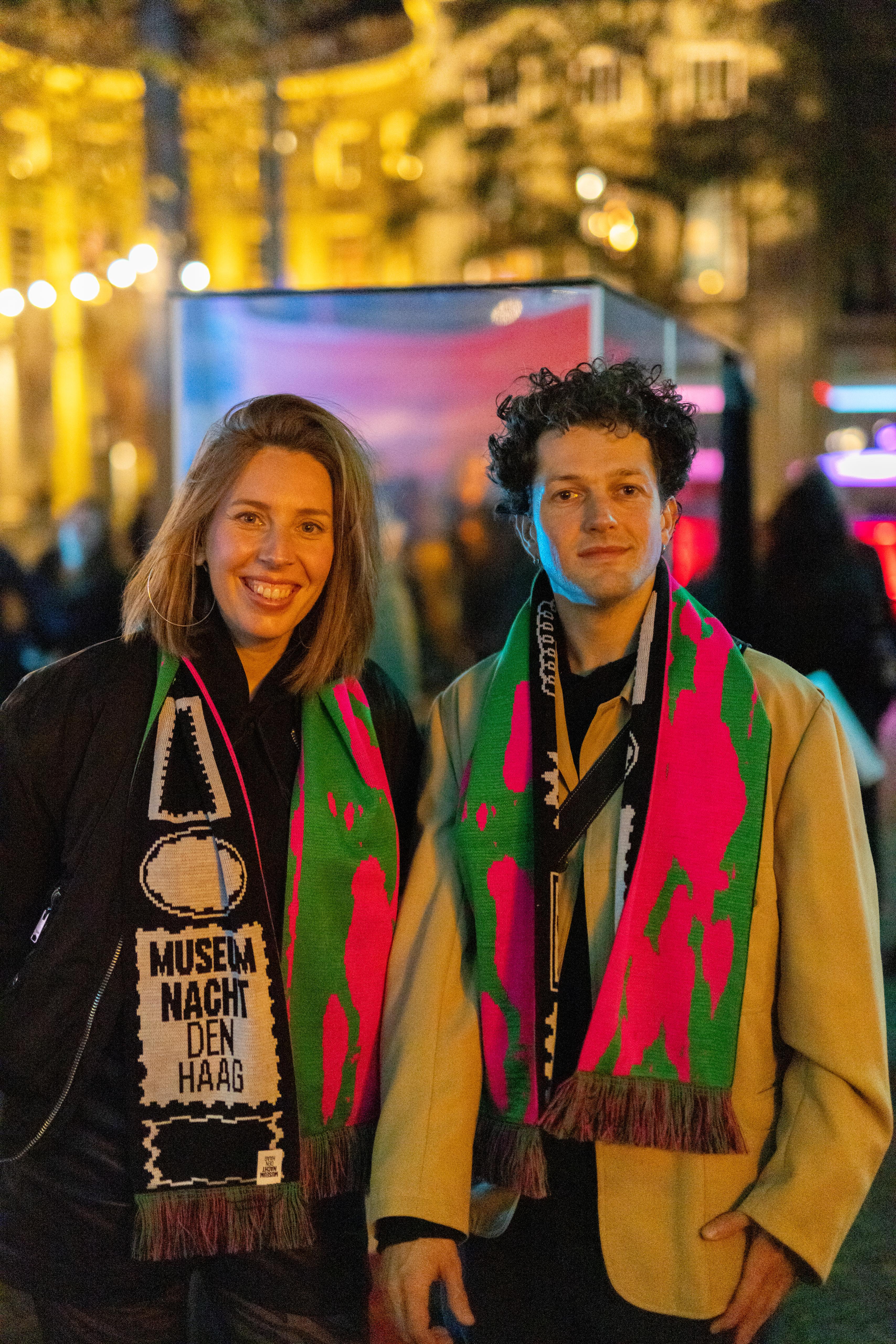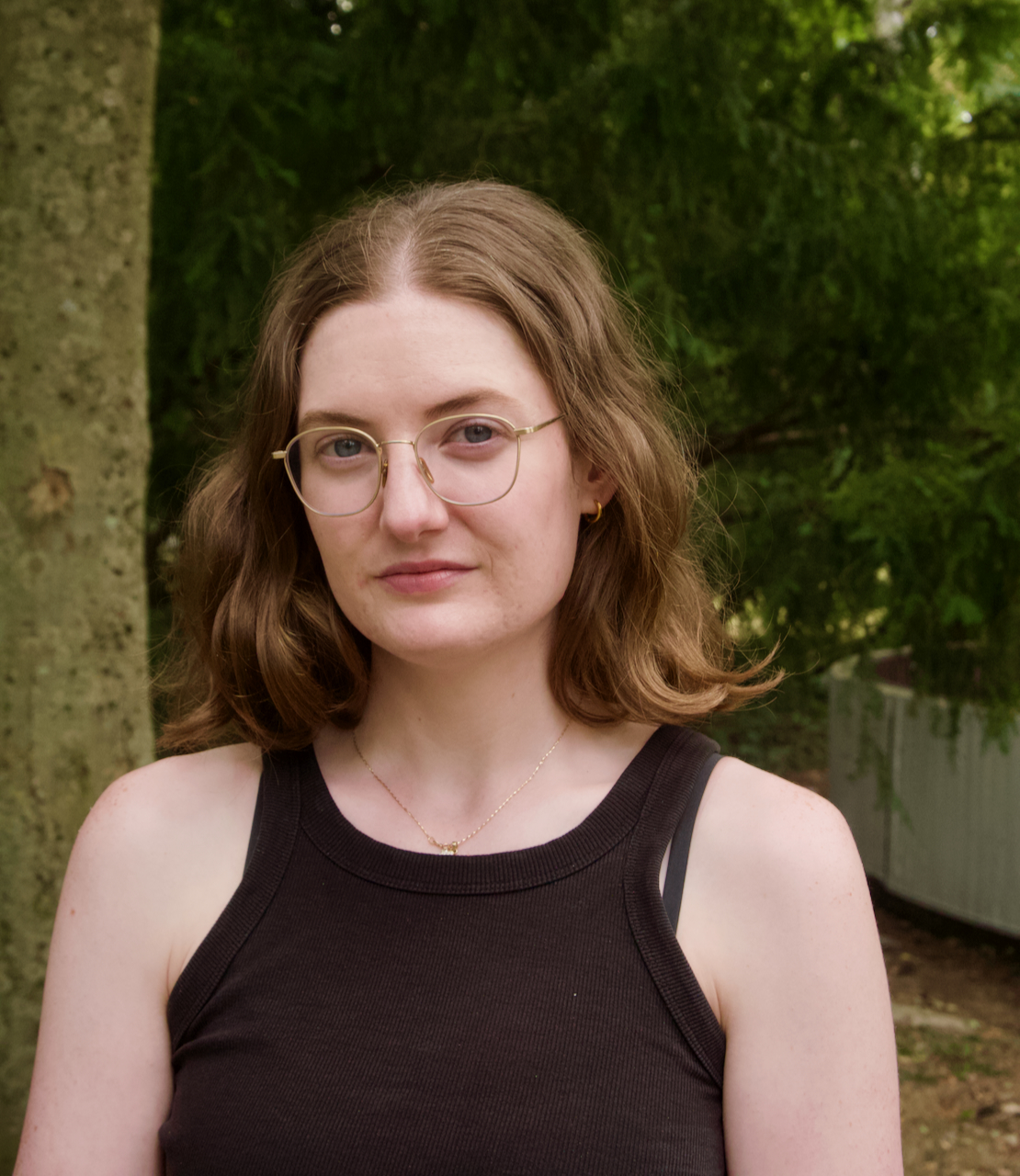Explaining your artistic vision during WdKA assessments
Introduction
With the implementation of ‘competency assessments’ at the Willem de Kooning Academy (WdKA), students are faced with a new form of evaluation in which they must demonstrate within the setting of a formal portfolio, presentation and dialogue (assessment) that they have acquired specific professional competencies. One question that keeps popping up in these discussions is: ‘what is your artistic vision?’ The question itself is not new in art education; one could argue that this is the most important question you will be asked at the academy. It can be challenging, even confronting, to articulate your artistic vision in the setting of a formal assessment. The aim of this post is to contribute to a better understanding on the part of any student struggling with this question.
What is the question?
A vision is an idea or a mental image of something. A mission statement is a description of what a person or organisation would like to achieve or accomplish. Artistic vision can be described as an idea or mental image of what the artist/designer would like to accomplish: in other words, the artist/designer’s basic principles. This implies that a designer always has a set of basic rules/ideas that will influence how the work will look or how the project will develop.
During an assessment, a student must be able to explain their principles, and to clarify how these are applied within their projects. Perhaps most importantly, students must also be able to critically reflect upon how these personal principles relate to the context (the world, market, society, history, competitors, etc.) of their work. In other words, students are asked to explain how they approach their projects as designers, and how they are trying to accomplish change in the world through their ideas.
Why is this important?
From a market perspective, it’s important to be able to clarify your artistic vision as an artist/designer in order to find clients. In a competitive (design) world, knowing who you are and what you have to offer to the market is an important tool for attracting the right clients. Being able to present a clear narrative about why your work matters is important, for example when you are negotiating for reasonable fees for your work.
The same principle also applies to most other professions. If you are studying to become a doctor, you have to understand the principles that you will be applying in your profession as a doctor. This is important for yourself as well as your patients. For example, you should know whether your treatment is based on Western medicine, shamanism or voodoo. If you become a voodoo doctor in a Western-medicine world, you will probably need good communication skills in order to convince your clients of your treatment.
However, if we only look at it from a market perspective, one could argue: ‘who cares about vision, as long as I can sell my product?’ Patients are not always interested in how the doctor cured them, as long as they get better. In the same way, it is possible that future clients of your designs will never ask you about your artistic vision. Clients often only want a good product. However, hoping that clients will always be able to find you, and will always be willing to pay a reasonable fee, might not be a strong strategy.
From the perspective of the academy, it’s important to clarify your artistic vision because this is the only way for you to find out how you can get better at what you do. If you want to get better at anything, you have to know in which direction you need to look. We always have to make choices within the available time. You have chosen to study at an art academy in order to expand your knowledge of art and design.
However, studying is not only about expanding your knowledge; it’s also about focus and selection. If you choose to study animation, for example, you will learn little about product design. With the introduction of the Practices at the WdKA, students can select and personalise their own educational content. You can choose any of the Practices, but you have understand how this relates to your professional development. If you don’t make conscious choices you could end up as a ‘jack of all (sorts of) trades, but a master of none’.
Why is the question so hard to answer?
Clarifying your artistic vision is difficult for many reasons. By understanding some of these reasons, it will become easier to recognise your own position. An assessment is not the same as a general project evaluation. The question about artistic vision is about your overall ambitions and aspirations as a designer or artist. The question can be regarded as a ‘wicked problem’, which implies that there are no complete solutions, no obvious or practical answers. It’s hard to focus on questions for which you will never find completely gratifying answers.
Furthermore, it often doesn’t feel nice when your ‘biggest dreams’ are being questioned. The question often exposes vulnerabilities. For example: ‘to which extent are you able to incorporate your principles in your projects?’ Realising your own limitations can lead to fear and anxieties. As a student you might not yet feel ready to commit yourself to answering such questions. Students therefore sometimes dodge the question by saying: ‘I will figure that out after graduation’.
Last but not least: reflecting upon what you think you should do, and where you want to go, is not the same as doing it. It takes time and focus in order to achieve clarity. Thinking about your artistic vision is not as gratifying as making (and feeling good about) your work. That’s why we often tend to avoid it.
Are there any shortcuts?
There is no easy way of answering questions about your artistic vision. It can help to realise that everyone has uncertainties and anxieties when asked about their future strategies. The academy should be seen as an opportunity to research this question. Tutors and fellow students should be your critical friends and sparring partners, allowing you to develop and construct your personal narrative. Others can often see more clearly what may be too obvious for you to notice.
Four questions can help get you going in the right direction:
- What do you think needs to change in the world (of design)?
- What is your role in this change?
- Which qualities do you have now that will help you accomplish this goal?
- Which qualities do you still need to develop to accomplish this goal?
The final advice is to realise that your story about your artistic vision is never static. Students should not worry about having to commit to these principles for the rest of their professional career. Statements are only relevant for any given moment. As time passes and new insights are found, principles must be reconsidered and often changed. The goal of the assessment is to find out how well a student is able to explain and defend their ideas at that specific moment.

Recent publication Uncovering the Illustration Department
In this first issue of Behind The Scenes, the Willem de Kooning Academy’s Illustration department wishes to present an impression of its education programme: what kind of projects are our students currently working on, and what might the professional practice of graduates look like? We have chosen a tabloid format in order to provide our students’ work with the space it deserves. Behind The Scenes is ambitious, relevant and bold – which is precisely what we expect from our students.
Cover illustration by Ming Sin Ho (Illustration 2013)
Graphic Design by Jeroen Pronk (Graphic Design 2016)
Check out and read Behind The Scenes online.



